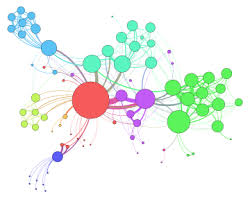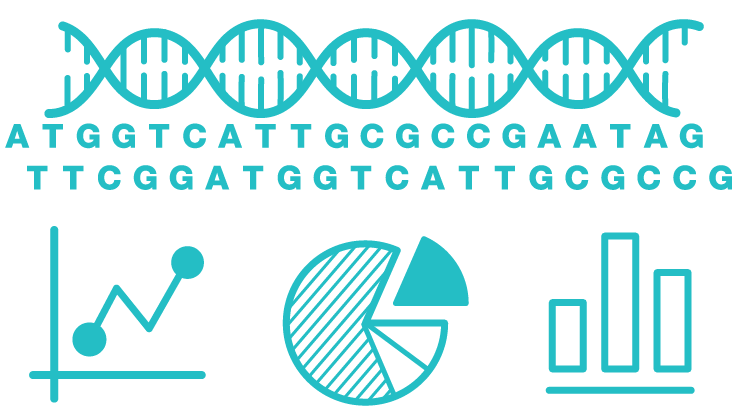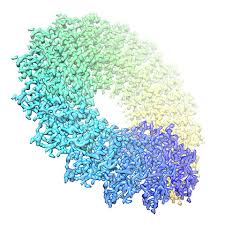
Algorithms & Tools Development
1. Sunil Patel, Rashmi Tripathi, Vandana Kumari and Pritish Varadwaj, DeepInteract: Deep Neural Network Based Protein-Protein Interaction Prediction Tool, Current Bioinformatics (2017) 12: 551. https://doi.org/10.2174/1574893611666160815150746

Systems Modeling
Kumar H, Tichkule S, Raj U, Gupta S, Srivastava S and Varadwaj PK, Effect of STAT3 inhibitor in chronic myeloid leukemia associated signaling pathway: A mathematical modeling, simulation and systems biology study. 3 Biotech. 6:402016. https://doi.org/10.1007/s13205-015-0357-7

Genomic Big Data Analytics
Raj U, Aier I, Semwal R, Varadwaj PK., Identification of novel dysregulated key genes in Breast cancer through high throughput ChIP-Seq data analysis, Scientific reports. 2017 Jun 12;7(1):3229. https://doi.org/10.1038/s41598-017-03534-x

Structural Biology
1. Aier, I., Varadwaj, P. K. & Raj, U., Structural insights into conformational stability of both wild-type and mutant EZH2 receptor. Scientific reports 6 (2016). https://doi.org/10.1038/srep34984

